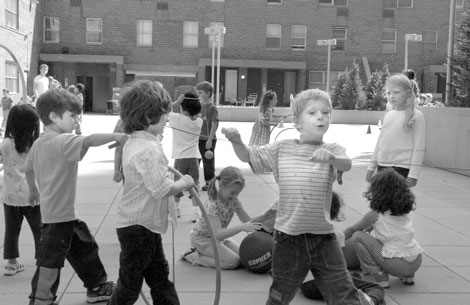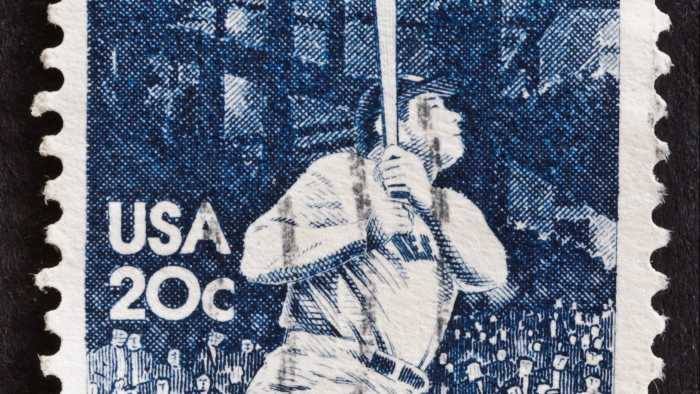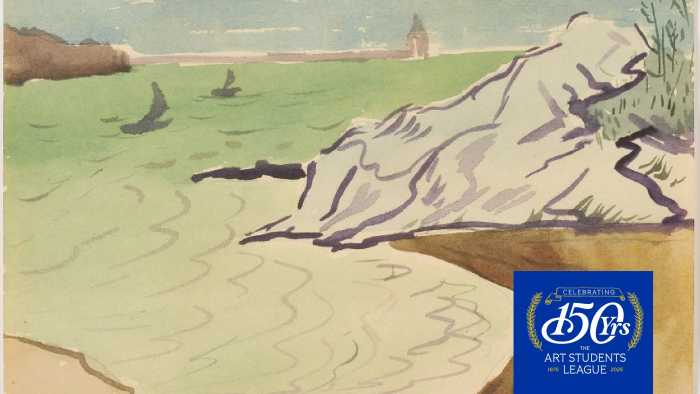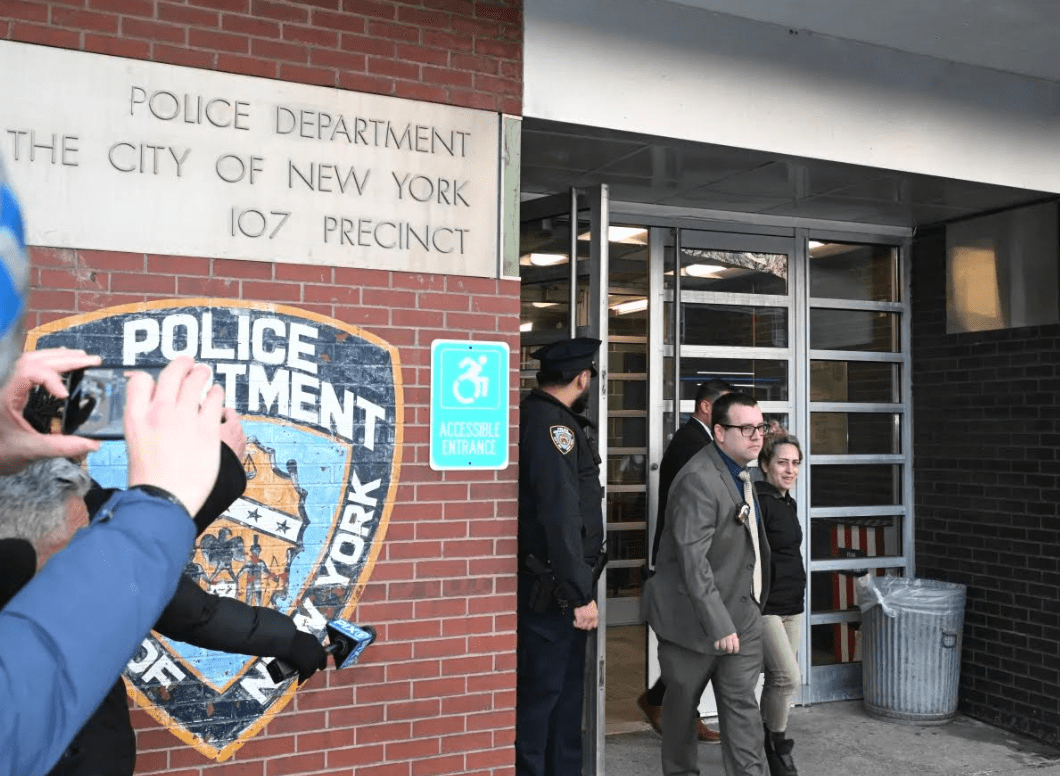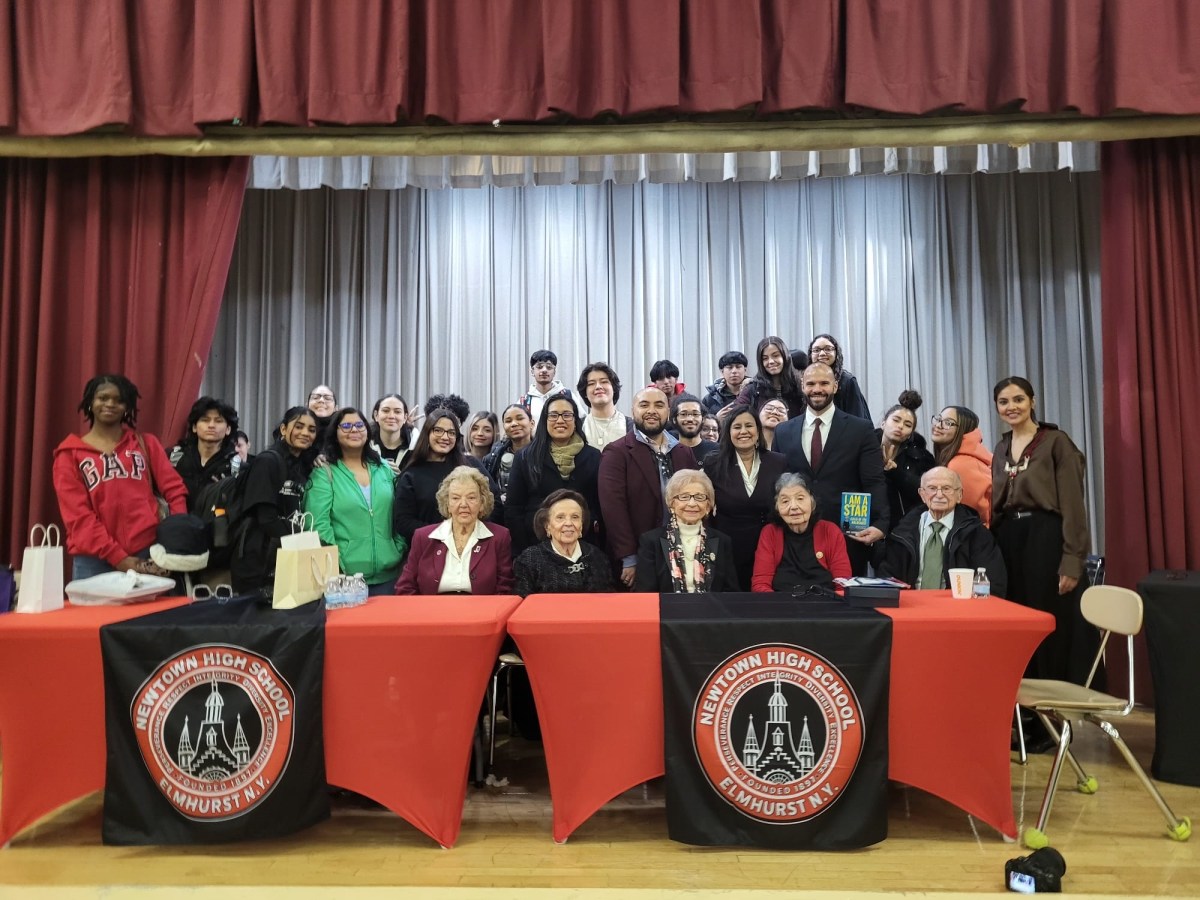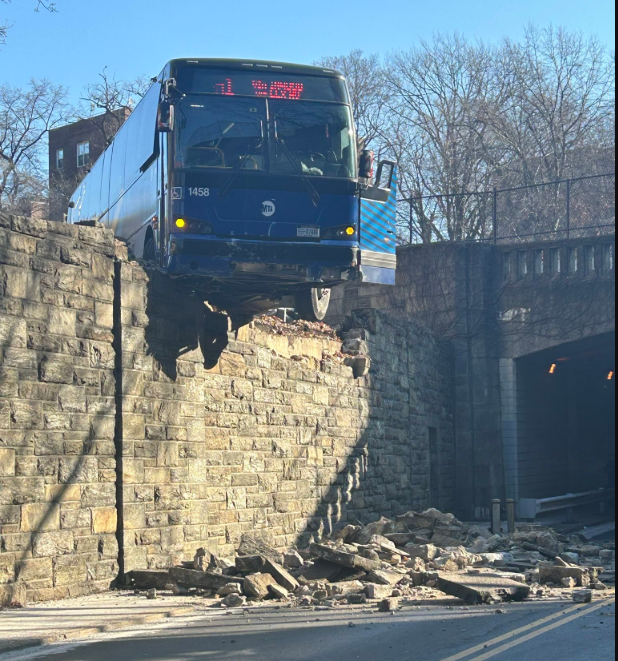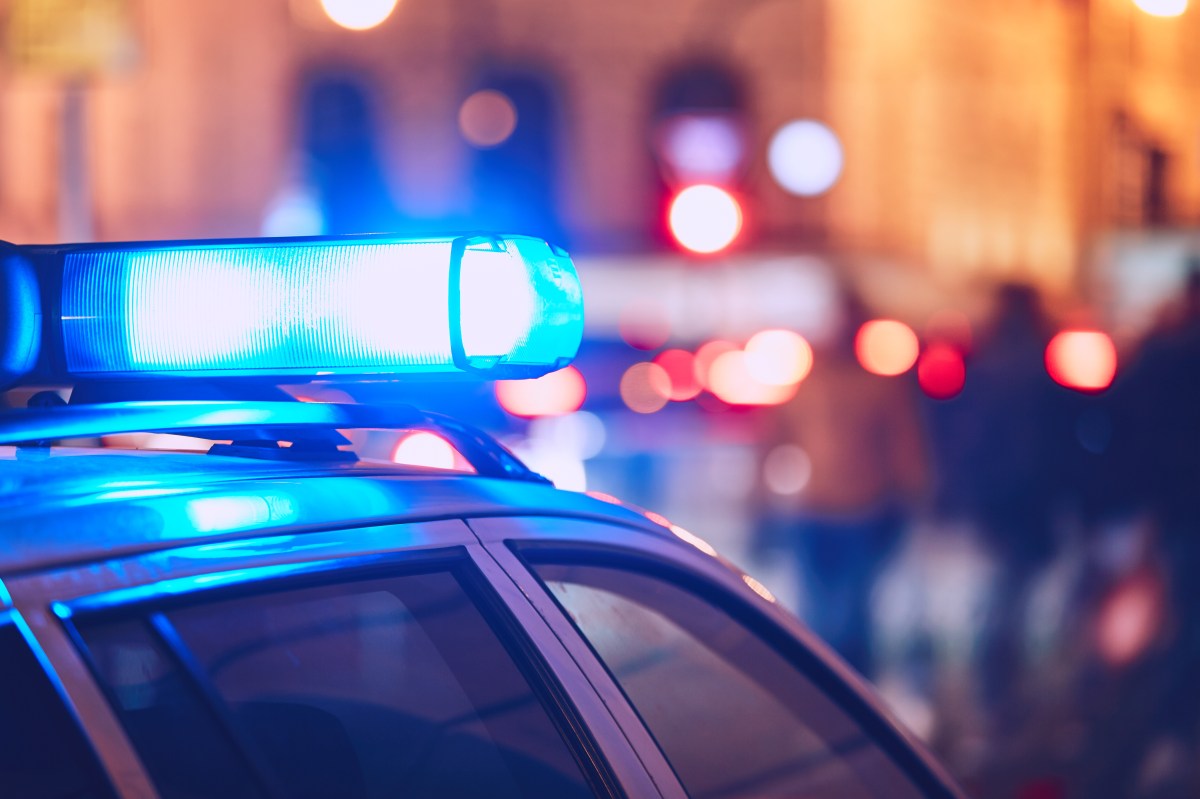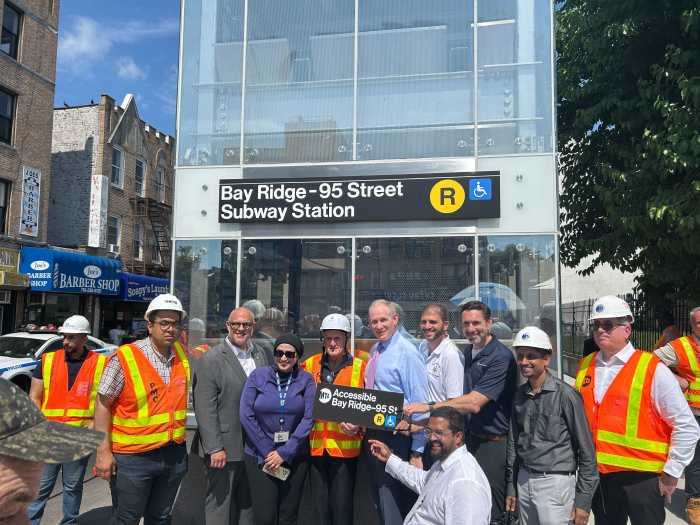By Charles Komanoff
A wave of conflicting feelings broke over me when I heard that the Environmental Protection Agency’s inspector general had blasted ex-agency chief Christie Whitman for her infamous “all clear” proclamation about Downtown air quality after 9/11.
Sure, I was glad to see Whitman get her knuckles rapped. Anyone near the World Trade Center site in the days immediately after the towers collapsed knew the air was dangerous, and it was outrageous for Whitman to deny it.
But a few months later, I found myself on the other side of the air debate, insisting it was safe to re-open my son’s elementary school seven blocks north in Independence Plaza, one of four Downtown schools shuttered by concerns over lingering pollution.
What changed my mind between September and December 2001? For one thing, the fires in the rubble had subsided. The burning smell finally lifted from Duane St., where I live, around Thanksgiving, and a few weeks later the fires were declared over.
The gloom persisted, though, with Downtown residents sleepwalking through empty, silent streets day after day. I desperately wanted my block alive again. And so did the local shops and businesses that, without foot traffic, were barely hanging on. I began to reflect that our air quality wasn’t exactly pristine before 9/11, and to ask myself how exigent we now needed to be about it before we could all take our lives off hold.
But what really turned me around was discovering that air monitors installed by the Board of Education in October were over-measuring pollutants in and around Downtown schools. Yes, you read that right. The board’s equipment was registering triple the actual mass of dust particles, leading many parents to conclude that the schools were unsafe when, in fact, air quality throughout most of Downtown was again well within the established band of safety.
Even now, against solid evidence, some officials are questioning whether the air in and around these schools is safe — needlessly worrying parents.
The first hint of the systematic error in the school tests came at Stuyvesant High School, four blocks from ground zero, which was hastily re-opened on Oct. 10, 2001. During one three-day period, Oct. 22-24, most particulate readings on the Board of Ed’s outdoor monitors exceeded the threshold of 40 for sensitive groups including children. Indeed, many readings exceeded the 65 standard for the general population, and several even surpassed 100.
These readings sent Stuyvesant parents into an uproar, especially since fatigue and other adverse symptoms were also being reported by students and staff. Yet simultaneous readings on the E.P.A. monitor at the Borough of Manhattan Community College, directly across West St., were many times lower, mostly between 20 and 25. What was going on?
Many parents, remembering Whitman’s big lie, disregarded the E.P.A. monitor. While that was understandable, given Whitman’s politically motivated deceit, it was a mistake. E.P.A.’s “gravimetric” monitor directly weighed particles sampled in the air, whereas the Board of Ed’s cheaper, portable devices, called Dust-Track, used an indirect “photometric” light-scattering technique that counted the particles.
The difference in techniques wouldn’t have mattered if the Dust-Track meters had been properly calibrated to infer the weight of the particles from their numbers. But they weren’t. As the consultant hired by the P.S. 234 and P.S. 150 P.T.A.’s reported later, the Dust-Track meters were unwittingly calibrated at the factory using a standard material, Arizona Road Dust, which is much denser than the particles found in urban air. This programming error produced spuriously high readings.
Only a handful of experts were on to this glitch. One was Dr. George Thurston, the New York University epidemiologist whose research has helped link power plant emissions and automotive smog to excess deaths. Thurston dismissed Whitman’s blanket assurances about ground zero, of course, but he had confidence in E.P.A. monitors, which had been used for decades to derive the health standards. He also thought the Stuyvesant maladies might have resulted from excess carbon dioxide caused by a ten-fold reduction in ventilation – intended, ironically, to reduce intake of outside air.
But Thurston’s level-headed analysis was drowned out by fear-mongering headlines such as “School Dust Stirs Health Concerns” in the Daily News. Stuyvesant stayed open, but P.S. 234, P.S. 150 and P.S. 89 opened in February, 2002 and I.S. 89 in late January. This was six to eight weeks after they had been professionally cleaned and carefully checked out for particulates, asbestos and other toxics by contractors overseen by each schools’ P.T.A..
There is a lesson here. Christie Whitman’s big lie destroyed at a stroke the credibility of her agency, and opened the door to hysterical and exaggerated fear among the public The result: more than a thousand kids exiled into faraway makeshift schools for a month or two longer than necessary, compounding the emotional stress they endured during and after the attacks. Public officials squandered some of their energy on air quality in schools upwind of ground zero instead of focusing more on other post-9/11 problems.
That was twenty months ago. Time is a great healer, and I again get to watch my kids run wild on the P.S. 150 plaza. But every so often I see in my mind’s eye those empty Downtown streets, and remember the gloom and fear of those long weeks. Thanks a lot, Ms. Whitman.
Charles Komanoff, a resident of Tribeca, has written widely on environmental matters including air pollution.
Reader Services
Also Read:



